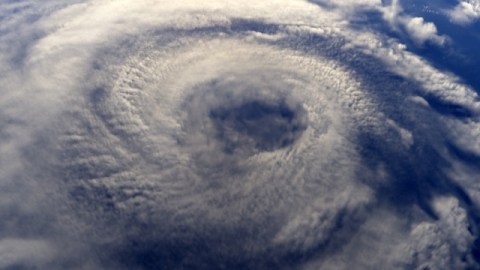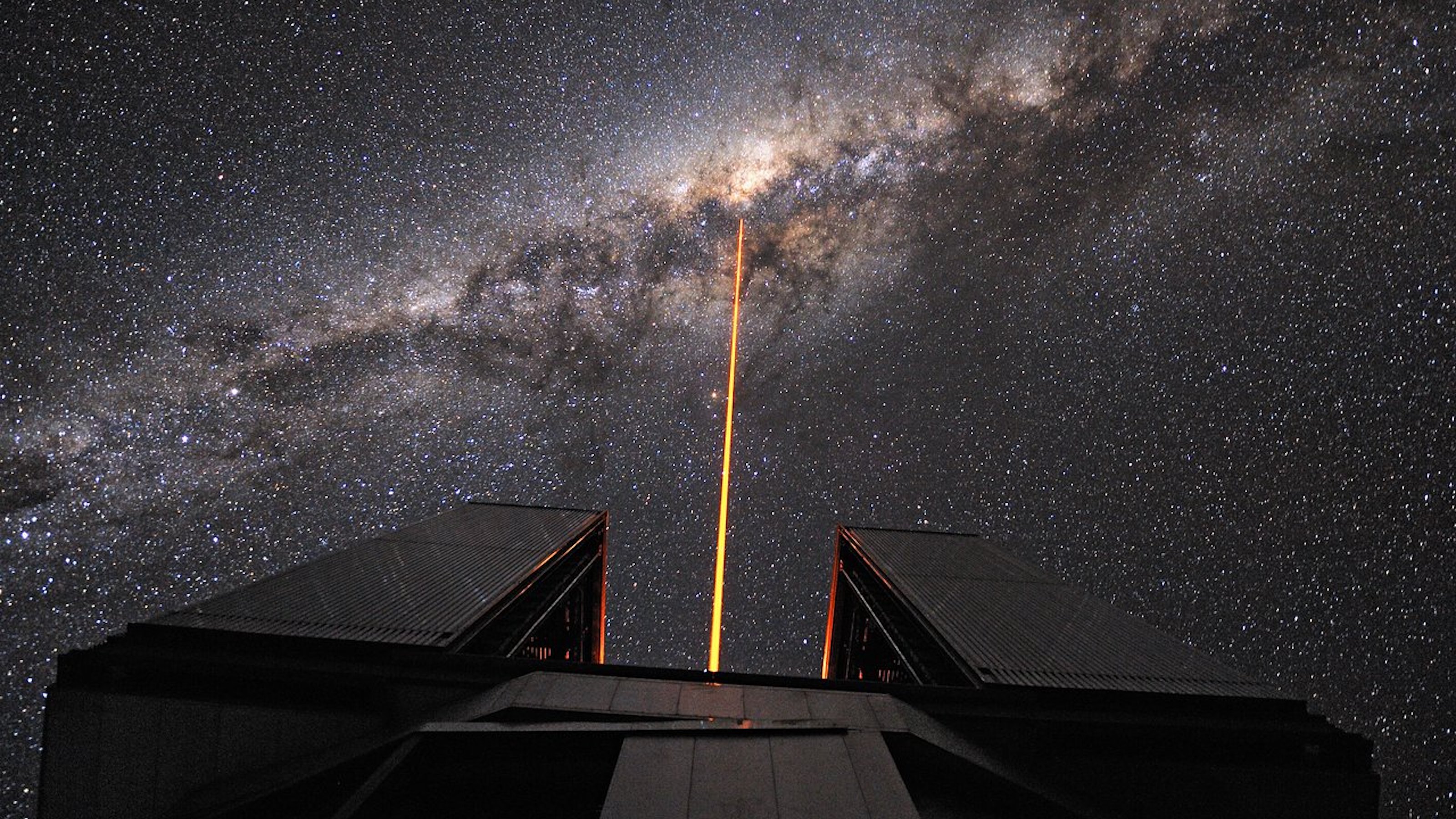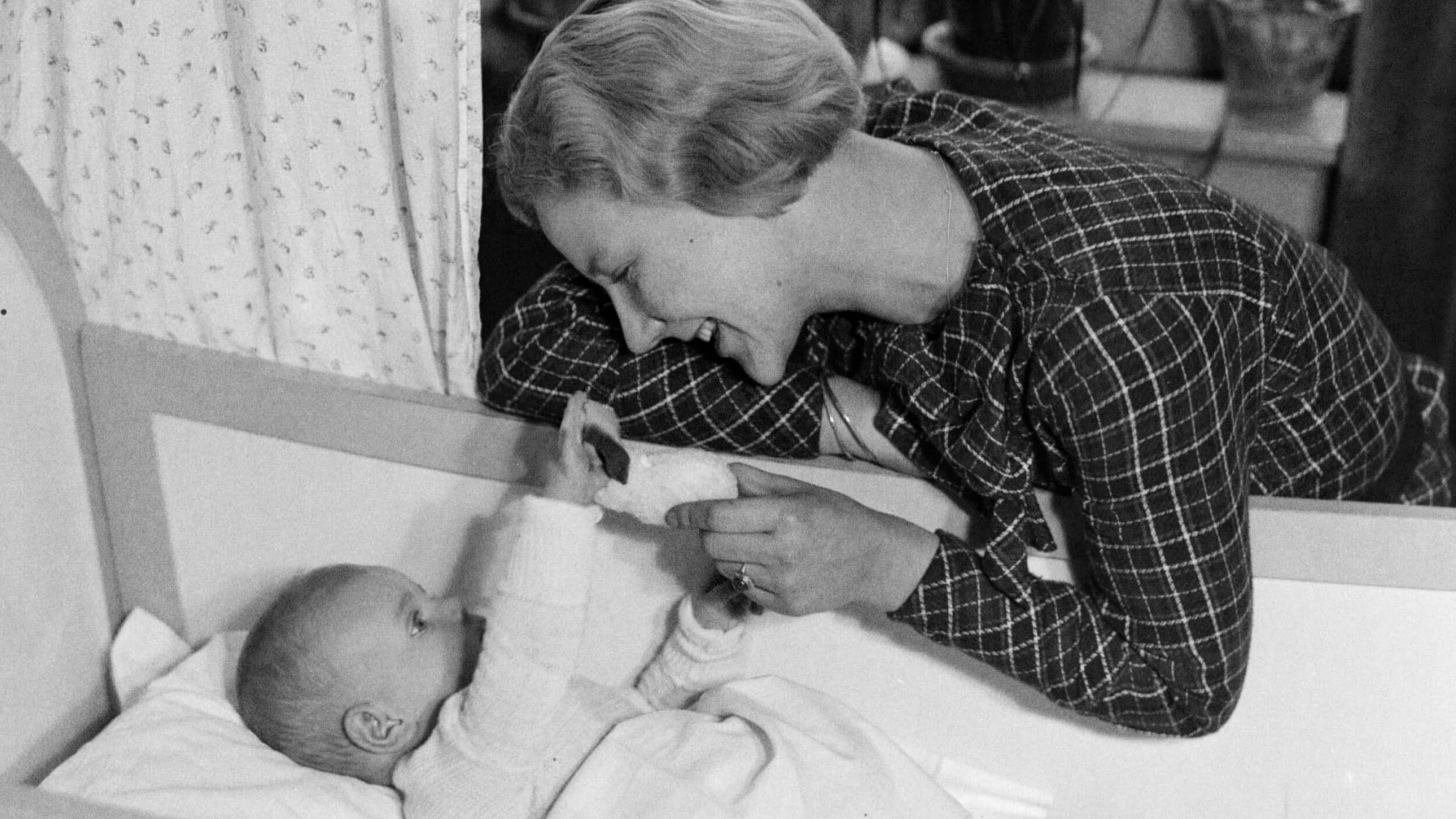Gathering Hurricane Data Using A Swarm Of Tiny Drones

What’s the Latest Development?
Kamran Mohseni and his team of researchers at the University of Florida’s Institute for Networked Autonomous Systems have created a small sensor-equipped drone — “just 6 inches long and about the weight of an iPod Nano” — that can be launched in numbers from a remote location to collect real-time hurricane data from a variety of perspectives. The team uses mathematical models to determine the best place(s) to send the drones ahead of time, where they can then wait for the storm to arrive. Once it does, they are powered on so they can begin their fact-finding mission. “Our vehicles don’t fight the hurricane; we use the hurricane to take us places,” says Mohseni.
What’s the Big Idea?
Typically hurricane data is collected using free-falling sensors dropped from reconnaissance planes. Besides the fact of the sensors’ spotty success, the planes are expensive to build and fly. At approximately $250 each, the drones are a much better buy, even if they are lost in a storm. Mohseni says, “We don’t have anything that is super duper. We have cheap sensors, but with a lot of them you can significantly increase the accuracy of your measurements.” He believes that with enough funding, the drones could be tested in a real-world scenario in about two to three years.
Photo Credit: Shutterstock.com





